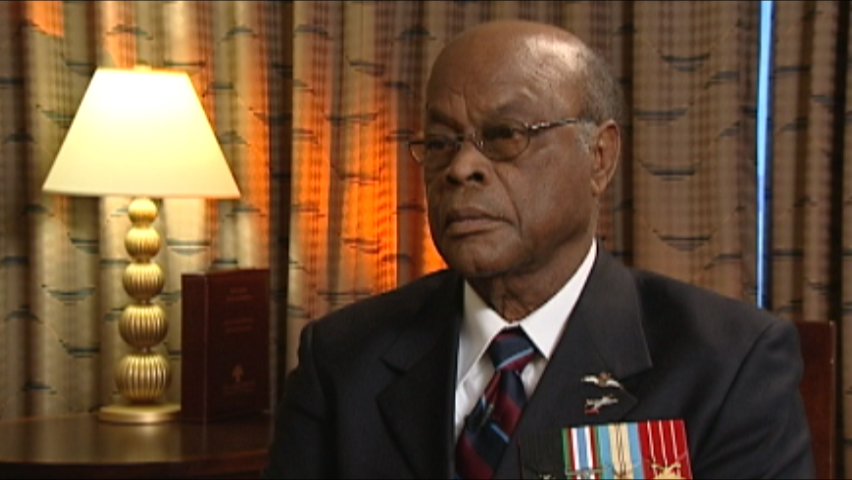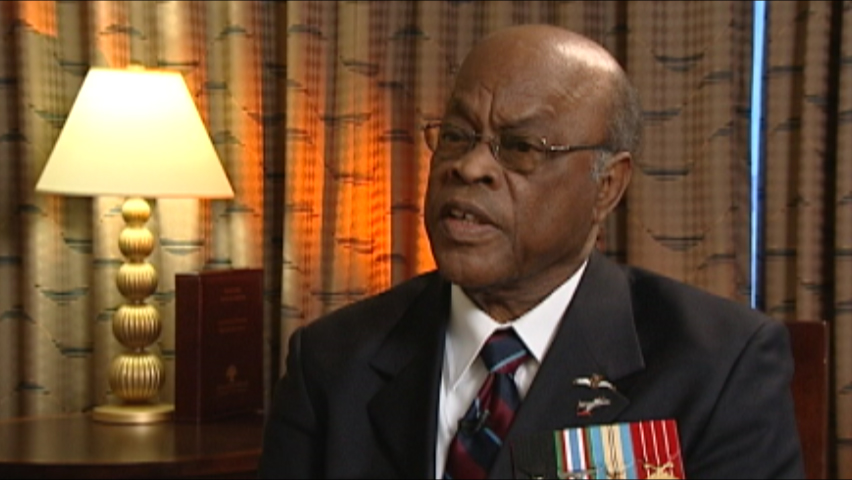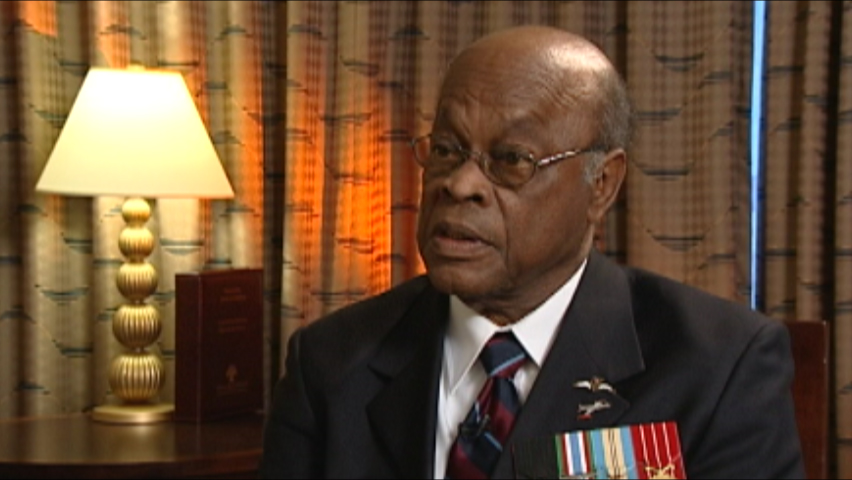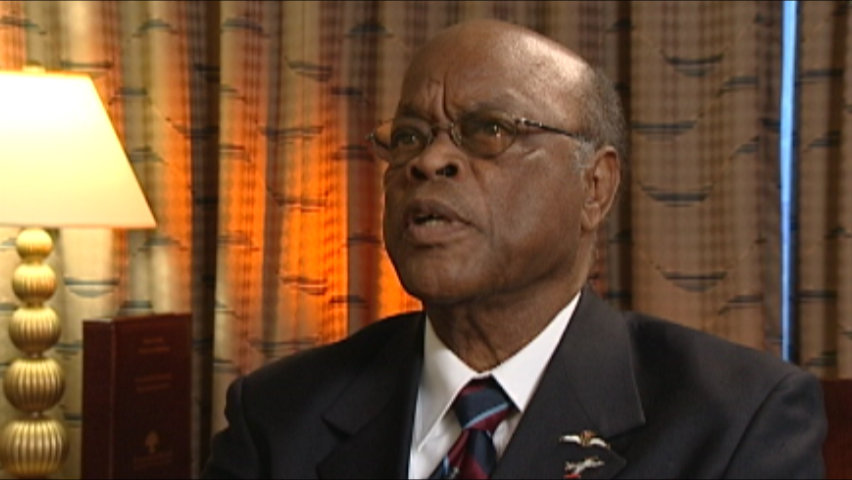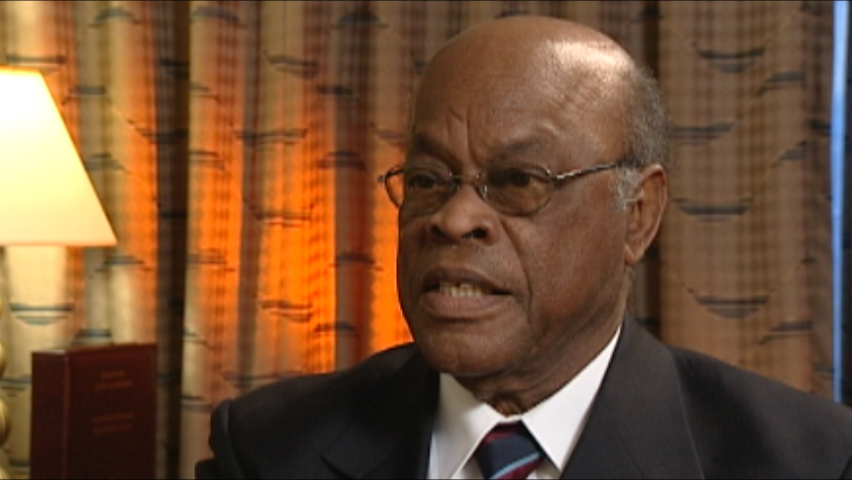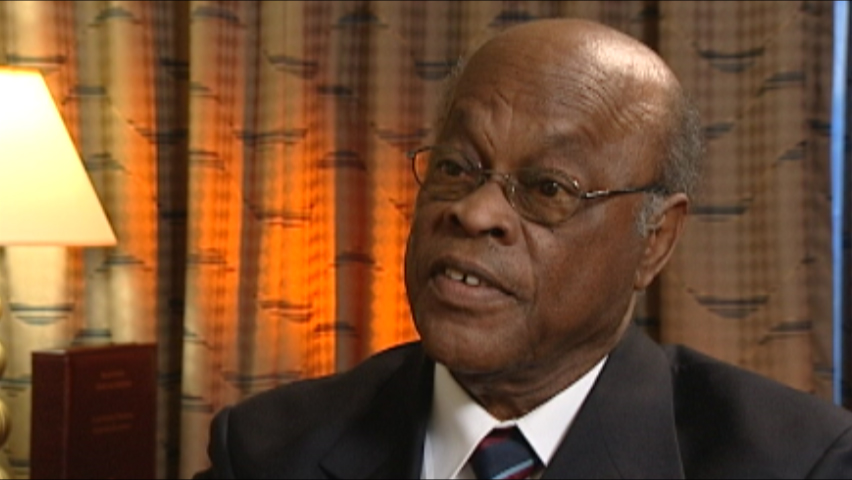Living Conditions at Two Extremes
Heroes Remember
Living Conditions at Two Extremes
Transcript
Description
Dr. Blizzard describes his barracks in Somalia and how in the near distance witnessed civilians living in two extremes - poverty and wealth!
Dr. Stephen Blizzard
Dr. Stephen Blizzard was born in Port of Spain, Trinidad in 1928. His father was the principal of a primary school during his childhood. Dr. Blizzard left Trinidad in 1948. He received a scholarship to attend high school and graduated in 1953 from a school in Edinburgh, Scotland. In 1958 he came to Canada. In 1959, he attended university with the Reserve Training Plan in Ontario attending medical school and in 1963 graduated in medicine and chose to intern at the Ottawa Citizen Hospital and resident in surgery at the National Defence Medical Centre. He spent two years as Senior Medical Officer at Rockcliffe base then was posted to Moosejaw where he had medical training and training to fly jets. On December 13, 1968 he obtained his wings. Following this, Dr. Blizzard was posted to the RCAF Institute of Aviation Medicine. Afer returning to Trinidad for six years, Dr. Blizzard then came back to Canada in 1976. With 16 years of military service, Dr. Blizzard continued on his career path and was employed with the Department of Civil Aviation Medicine holding many positions, one being senior official on the aviation medical review board for 12 years. Dr. Blizzard contributes much of his military career training to his success in life.
Meta Data
- Medium:
- Video
- Owner:
- Veterans Affairs Canada
- Duration:
- 2:32
- Person Interviewed:
- Dr. Stephen Blizzard
- War, Conflict or Mission:
- Canadian Armed Forces
- Location/Theatre:
- Somalia
- Branch:
- Air Force
- Rank:
- Officer
- Occupation:
- Aviation Medicine
Related Videos
- Date modified:



